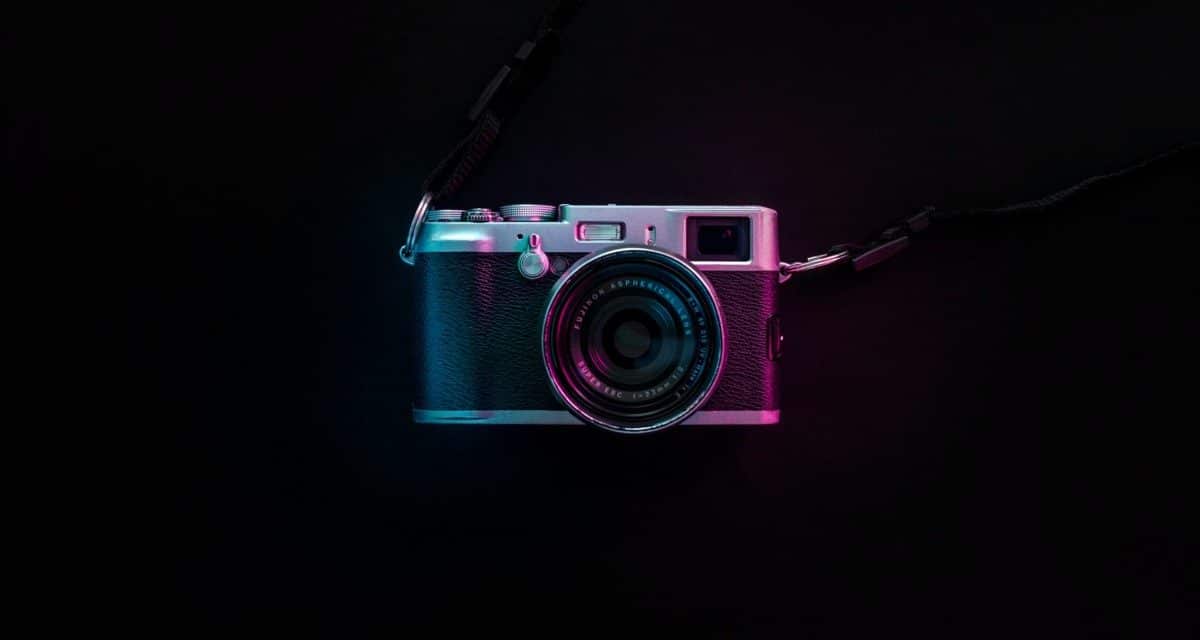[ad_1]
With some notable exceptions – eccentrics who use wind-up Bolexes and leading edgers with big budgets – most independent filmmakers use a model from one of the “big three” names in video: Sony, Panasonic and Canon. These companies are among the world's biggest consumer electronics makers, and dominate the market in video cameras, from consumer to professional models. A little poking around in the figurative file drawers of the Internet yields a wealth of information about these cameras, as well as valuable feedback on how filmmakers rate them.
Sony, the one and only
One common refrain is that Sony products, although usually a little more expensive, are better made and have more “high end” features. The HDR, HVR and DCR series-which include the popular VX1000, VX2000, Z1U and FX1 models-are just the latest in a long line of high-quality camera lines to have been around long enough for a daunting amount of refinement. These are Sony's modern classics.
Although still widely used by indie filmmakers, Sony's FX1 is said to be “getting a bit long in the tooth”; after all, it was Sony's first 3-CCD, “modern” camera. As the industry continues its inexorable shift to hi-def (HD), the FX1 is still a strong candidate, with the ability to shoot HDV “future proofing” it to some extent. Sony can still afford to provide niche products even as technology forges ahead in other product lines. Sony has a huge presence among all levels of users, from beginners to Oscar winners.
Canon: solid and sensible
The cameras that are keeping Canon popular with indie filmmakers today are the XL1 and XL2. One online survey concludes that the XL2 “arguably has the best picture quality [and] native 16:9 chips to boot.” Users also love its 20x optical zoom, which makes it much easier to achieve a shallow depth of field. And it's a camera any pro can pretty much pick up and figure out how to use – another Canon strength, ease of use, that is present in their still cameras as well.
A professional videographer writes in an online forum that, “Canon does the best when they build something new and cutting edge” that still manages to be “human friendly.” The 30fps mode of the XL2 provides a nice film look with little fuss, and although it lacks the superb build quality of the Sony, the XL2 outperforms the FX1 in zooming, audio, picture clarity and low-light usability.
Up from the low end
Although it also makes the pricey, high-end VariCams, Panasonic (a brand name of Matsushita) was also the first to market with low-cost cameras incorporating advanced features. Panasonic has brought its reputation up several notches with the VariCams, and brought an honest-to-goodness, high-quality performer to its lower-cost product line with the DVX-100.
As one reviewer put it, “Panasonic does better when the technology is established and they're churning it out cheap and good.” The DVX-100 has XLR preamps for great audio, so a filmmaker on a budget could buy a tripod, some lighting equipment and a few good microphones to make this Panasonic the core of a creditable moviemaking system.
Since Sony, Canon and Panasonic all have their share of “hardcore” fans, the best bet for unbiased information would be the testing and review sites, rather than the manufacturers themselves or even brand-specific user groups. Read the reviews, talk to a few users and then make your choice. Frankly, you really can't lose with any of these camera makers as long as you get a model that's a known winner, in good shape, at the right price.
[ad_2]
Source by Scott McQuarrie

